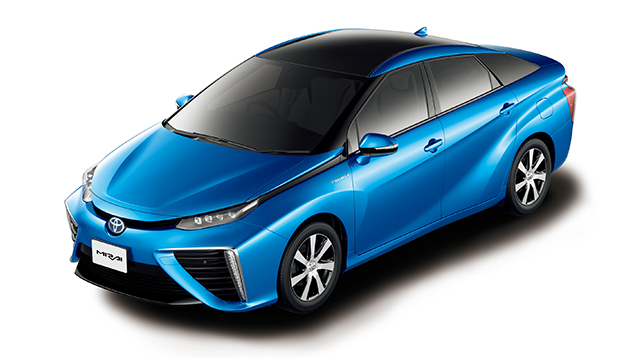Originally posted by Weed
View Post
Se é para me informares a mim e ao fórum, por favor lista os carros eléctricos à venda. Procuram-se garantias, construtores, peças de substituição, assistência...
De tão grande é a lista, nem te lembras do senhor que os vende/fabrica. Haja dó. Se a solução estivesse ao alcance das pequenas transformações, mas longe da massificação, ruiam todos os conceitos de produção industrial.
Nota: pareço assim tão senhor dos meus conhecimentos? Quem me conhece diz o contrário, pelo que começo a pensar que claramente ganhei uma pré-disposição para responder à letra às ideias feitas que por aqui andam, como é o caso dos híbridos, e do básico uso da energia. Desculpem o meu perfil agressivo e doutoral.
---------- Mensagem adicionada em 10:33 AM ---------- Mensagem anterior em 10:27 AM ----------
Originally posted by drainbamage
View Post
Obrigado pelo teu post.












Comentar